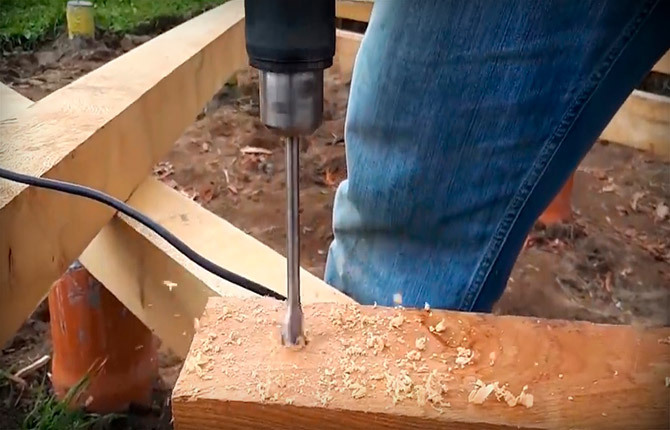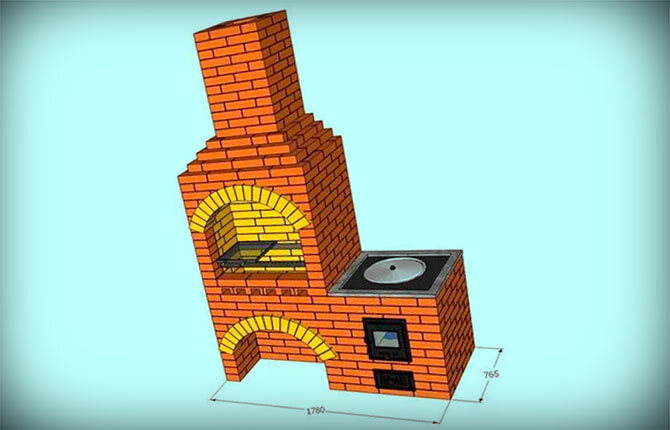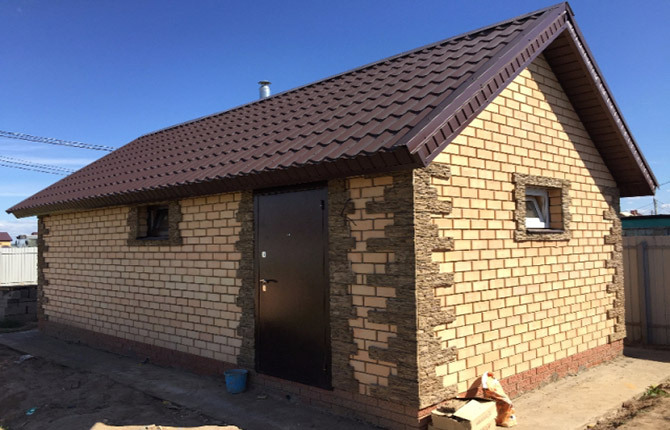For a long time it was believed that the only suitable material for building a bath was wood. Now everything is different, since a reliable structure with the desired properties can be built from bricks. This building material guarantees that the bath will last for many years. At the same time, it allows you to make the building attractive, organically fitting it into the design of the site. But which brick is better for a bath?
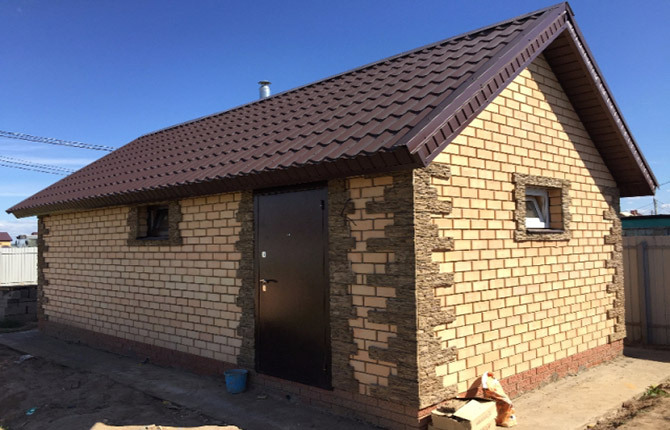
To answer, you first need to determine the advantages of brick baths and basic recommendations for choosing raw materials for self-construction.
Advantages of brick baths
The advantage of a brick bath is almost complete fire safety. The material belongs to the group of non-combustible, so that even with a significant increase in temperature, it does not ignite and does not emit harmful substances into the atmosphere. At the same time, it maintains operational parameters in any conditions.
The next plus is environmental friendliness. Compared with materials similar in properties, brick is one of the most natural and "clean". After all, it is based on processed mineral raw materials. Clay is safe and has a natural origin. But the various compositions with which logs are treated during the formation of a log house may contain harmful impurities.
Brick can be used to build a building of almost any kind, which distinguishes it from traditional wood. The user is able to build a bath according to his own project in order to achieve maximum comfort and a pleasant appearance.
Separately, it is worth noting the increased service life of the bath. Traditional log buildings require regular maintenance and repair. During shrinkage, cracks may appear in such structures, in which moisture accumulates. All this leads to deformation and decay. So in a wooden bath, it is often necessary to replace individual elements of walls or foundations.
A brick bath is much more durable and unpretentious. The average service life is from 50 to 100 years. Maintenance costs are reduced by about 2-3 times compared to a log house.
Healthy:
- DIY frame bath
- Furnace for Russian bath
- Ventilation in the bath
- How to conduct gas in the bath from home
- Do-it-yourself sewerage for a bath
Which brick is suitable for building a bath
To figure out which brick is suitable for laying a bath, it is worth remembering the specific features of the structure being built. In particular, the material must have increased resistance to humidity and temperature extremes.
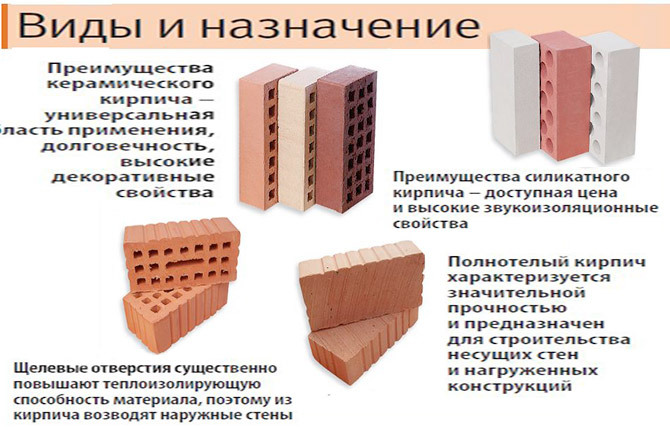
So silicate brick is not suitable here, because with strong heating it loses its properties and may even crumble.
The best brick options for building a bath:
- Full bodied. Not a bad solution, but it cannot be used in places with high temperatures. It will not work to create a stove or a pipe with it.
- Fireclay. High-strength, fire-resistant brick, suitable for laying chimneys and stoves. Will cost more.
- Hollow. Suitable for creating walls and partitions, but for the foundation it should not be used.
- Red ceramic. Universal brick with increased fire resistance and resistance to moisture.
Separately, it is customary to consider clinker bricks, which many call the most suitable solution for a bath. It is resistant to high temperatures and moisture. The basis is only the highest quality clay. According to its characteristics, clinker is similar to natural rocks. Suitable even for laying out the floor.
It should be borne in mind that not all manufacturers on the market supply high quality clinker. Experienced builders recommend avoiding goods from Chinese or Polish firms.
If it is decided to build a bathhouse using broken bricks, in no case should it be placed in supporting places or in corners, since this approach will reduce the reliability of the building.
It makes sense to save money on the use of hollow bricks when laying out walls, while the foundation and plinth are made of solid solid bricks. Due to this, it will be possible to reduce the load on the foundation, increasing its service life.
When choosing a brick for construction, consider:
- Manufacturer and supplier. It is advisable to buy material in large stores, considering solutions from well-known and trusted brands.
- condition of the brick. It should not be underburned (bright scarlet) or burnt (brown), as this will directly affect the strength properties.
- Construction budget. It is important to evaluate the possibilities in advance and choose a brick with a suitable ratio of cost and quality.
- Brick size. The larger it is, the higher the cost of the material and the faster the masonry work is carried out.
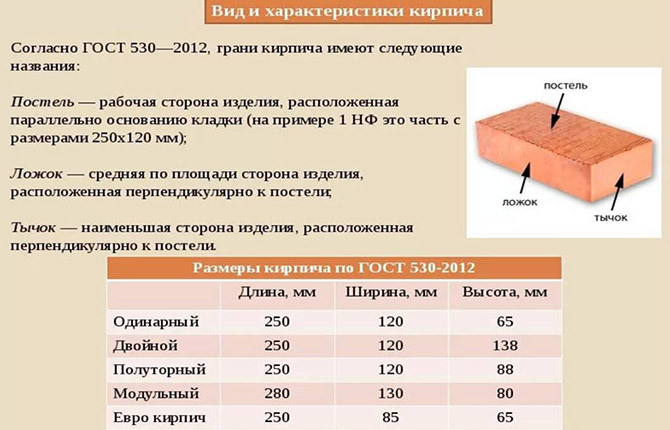
Moisture has a bad effect on the properties of the material, so they always try to protect it from the soil using mastics with bitumen or roofing material.
Which composition to choose
During the construction of a brick bath, solutions are used to strengthen such buildings. It is recommended to add lime or hydrolime to the compositions, since these components increase the resistance of the walls to moisture and provide high setting strength.
If it is necessary to minimize or even prevent shrinkage, sand is replaced with sawdust.
Comfortable work in a humid environment is provided by a hydraulic binder - Portland cement grades M100 and M50. It can coexist with other insulating and water-repellent additives.
Solutions for the construction of a brick bath are considered within 2 large groups:
- hardening in air (air types of lime, clay, gypsum, etc.);
- for work in a humid environment (hydrolime, Portland cement).
The choice is important to make on the basis of the specific conditions in which it is planned to build. An improperly selected mixture can negate all the efforts of builders and the advantages of finished brick buildings.

The reliability and resource of the bath depends on how correctly the brick and other building materials are selected.
The most logical option would be a building built using different bricks for the foundation and walls, since this approach implies a relatively low burden on the foundation and reasonable financial costs.
Which, in your opinion, brick for a bath is still the most optimal? Share in the comments. Bookmark the article so that useful information and tips are always at your fingertips.
